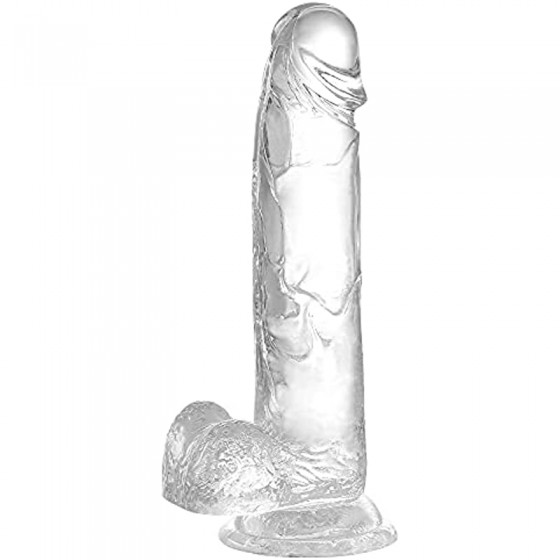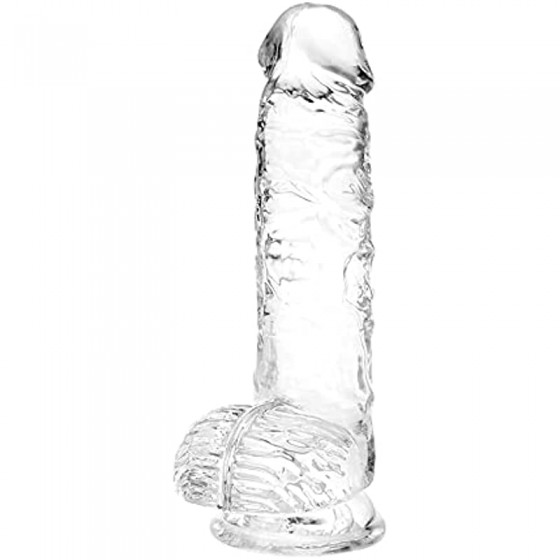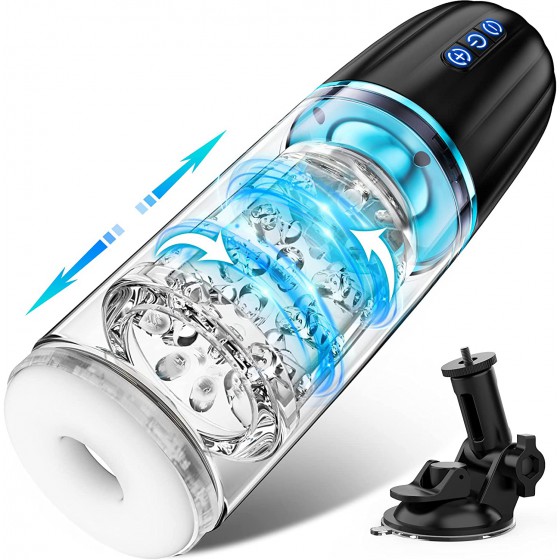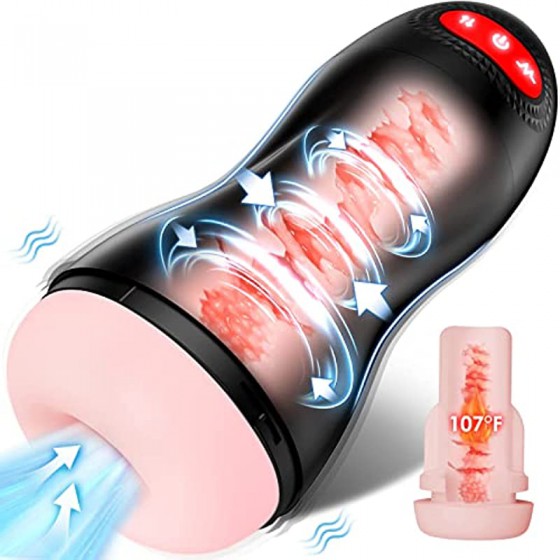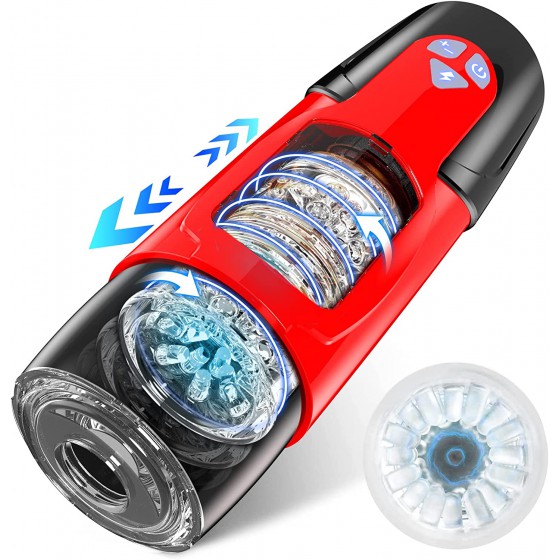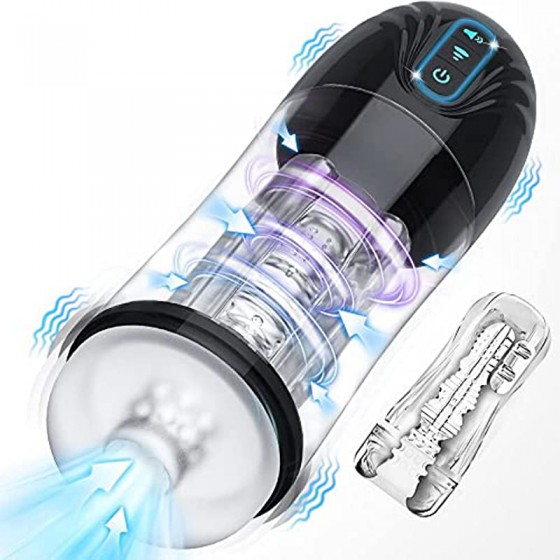Women have the right to know that there is more to bleeding than just having an IUD
The IUD is also an effective contraceptive method, with a general success rate of 90%. It is mostly used on women who have given birth. When you want to get pregnant again, you can just take out the IUD, and the IUD is only used by the woman. The impact is not just as simple as heavy menstrual bleeding or inflammation.
The ring is not just as simple as bleeding
1. There is a hidden risk of ectopic pregnancy
Having a ring can prevent the fertilized egg from running into the uterus. The fertilized egg cannot implant in the uterus and cannot develop normally. However, it will allow the fertilized egg to be placed in other locations, such as the fallopian tube. In addition to implanting in the uterus, The fertilized egg in the fallopian tube and other parts of it are outside the uterus. Ectopic pregnancy is an extremely scary symptom. If it is in the fallopian tube, it may need to be removed. If it is not treated in time, the fertilized egg is likely to burst the fallopian tube, leading to massive bleeding. Putting women’s lives at risk.
2. Uterine perforation
Placing the IUD in the uterus is an operation. Because the uterine wall is very thin and fragile, a slight mistake in the operation can easily lead to uterine perforation. Even if the operation is very successful, due to the implantation of foreign objects in the uterus, long-term friction on the inner wall of the uterus can lead to uterine perforation. In severe cases, life-threatening.
3. Harm other organs
When the IUD causes uterine perforation, if it is not treated in time, when the woman exercises or performs other actions, the IUD may travel through the broken hole to any part of the abdomen, to adjacent organs such as the bladder. , pelvic cavity, mesentery, etc. may be harmed.
4. Rejection reaction
The organs of the human body can also be said to be independent entities. When foreign objects make them uncomfortable, a rejection reaction will occur, causing uterine contractions, resulting in soreness in the waist and abdomen. This is because the uterus has not adapted to the presence of the IUD at first, causing painful contractions. If the symptoms persist for a long time after the IUD is inserted, or become more severe, you should consider removing the IUD.
5. IUD equals one miscarriage per month
Why do you say that? Because eggs are produced every month, and after the IUD is inserted, there is definitely no need to take other contraceptive measures during sexual intercourse, otherwise why would the IUD be used? If a fertilized egg is produced at this time, it is related to a small abortion, so the IUD can also be said to be an automatic dilation and curettage abortion method.
When is the appropriate time to perform ring surgery?
1. Surgery can be performed 3 to 7 days after menstruation, which is the safe period.
2. After abortion, because the cervix is relatively loose at this time, it is easier to insert an IUD, and another operation can be avoided. However, unmarried and childless women are best not to use IUD as a contraceptive method, because compared with those who have given birth, For women who have experienced birth control, their bodies will be more sensitive to the IUD, and they will have more severe rejection reactions, which may seriously affect the woman's life.
Although the IUD has a greater impact on female friends, we cannot deny its true role. After all, it can really play an effective contraceptive role. Judging from the above situation, the main reason for IUD insertion is the human body's rejection of the IUD, leading to bleeding, increased leucorrhea, waist and abdominal pain and other inflammations, which can be cured by timely treatment. The worst thing that can happen is that you become pregnant or have an ectopic pregnancy. Of course, it is possible that this kind of thing will not happen if the IUD is not performed in time, so it is better to wait for a rational choice.


